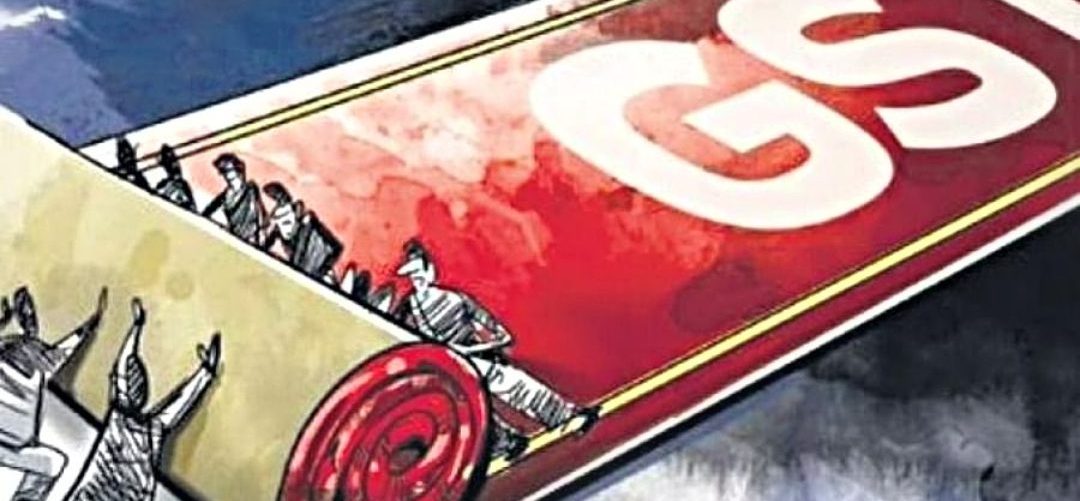To improve taxpayer comfort and ease of submitting returns, the indirect tax department has recommended a series of amendments to the GSTR-3B form, which is a composite return form that includes data of sales, purchases, ITC, and taxes to be paid.
The Central Board of Indirect Taxes has recently recommended that GSTR-3B forms have particular rows for showing various reversals and subsequent reclaims of ITC in a concept note, a copy of which is with TNIE. There is little clarity in the current system regarding reporting of ITC reversals in specified rows of Form GSTR-3B. While ineligible ITC must be reported in a separate table, some taxpayers record it in Table 4(D), while others just accept net ITC (after reducing ineligible credit).
The Board has also recommended a separate amendment table in GSTR-3B to show the modifications made by taxpayers in GSTR-1, which covers data on all business sales. Similarly, it has been recommended that an amendment table be included in GSTR-3B to reflect any changes to the ITC part.
Furthermore, the board has advised that the auto-population of GSTR-1 values into GSTR-3B be limited to specified rows in order to achieve a one-to-one correlation between GSTR-1 and GSTR-3B rows, therefore giving clarity to taxpayers and tax authorities. According to the concept note, this will reduce the amount of user input required in GSTR-3B and simplify the filing process.
GSTR-1 must be reported monthly or quarterly depending on the yearly turnover of the firm, but GSTR-3B must be filed monthly regardless of the turnover.
The concept paper also suggests creating a separate table for all negative tax obligations and carrying forward negative values from the previous tax year to the current tax period.
“Given the multiple operational issues, commerce and industry had recommended that the government adjust the return reporting procedure, and it is encouraging that a concept paper has now been produced for public input,” says Anita Rastogi, partner at PwC.
She cautions, however, that changes in return format should not result in changes in software currently utilised by an assessee to extract important data for filing returns. Otherwise, the sector would face a new challenge.

